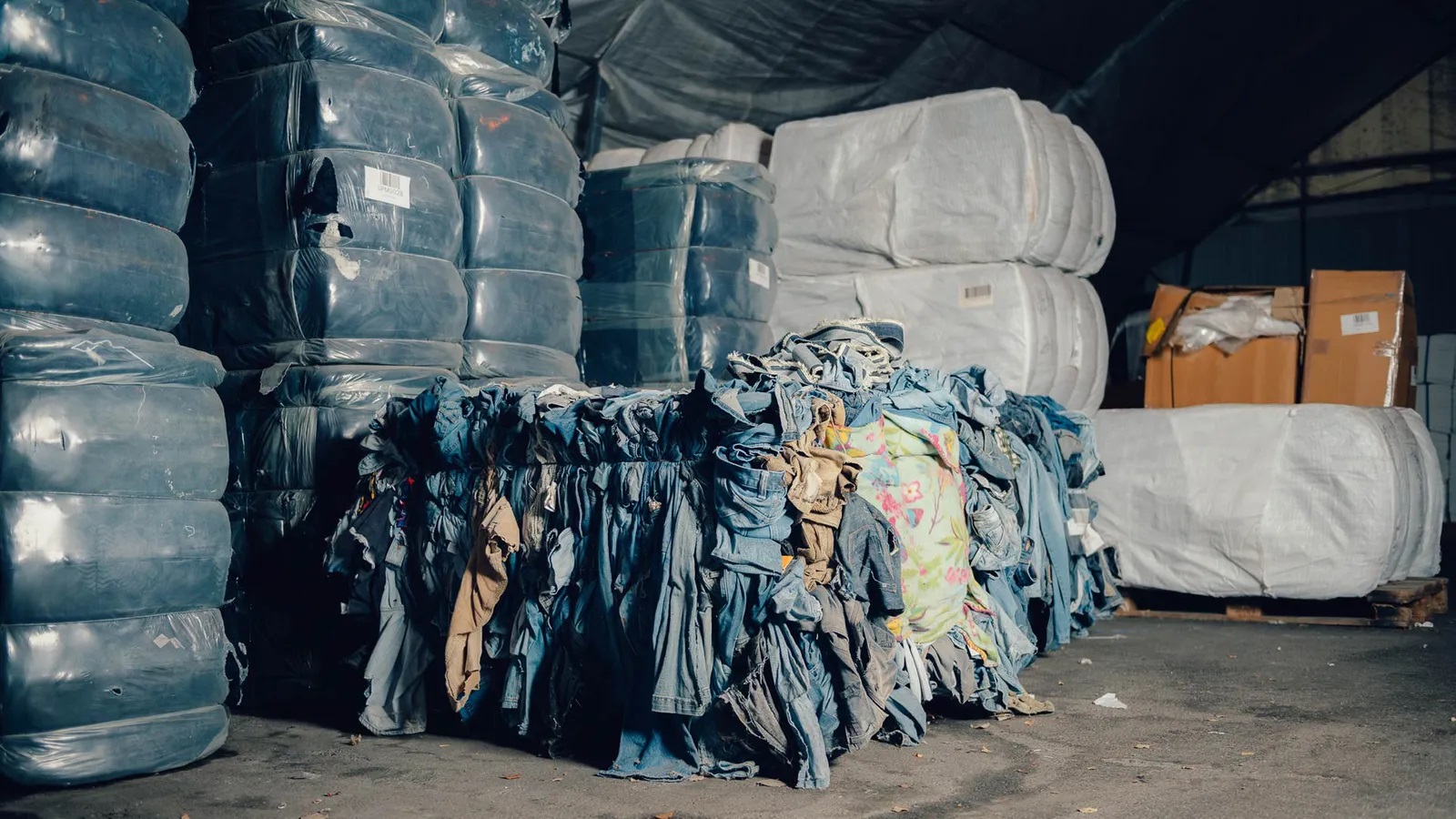On the Swedish coast of the Baltic Sea, in the city of Sundsvall – home to the country’s pulp and paper industry – a team of scientists, chemists, entrepreneurs and textile manufacturers are celebrating a milestone birthday, under a banner which features the slogan “#SolutionsAreSexy”.
The Swedish pulp producer Renewcell has just opened the world’s first commercial-scale, textile-to-textile chemical recycling pulp mill, after spending 10 years developing the technology.
While mechanical textiles-to-textiles recycling, which involves the manual shredding of clothes and pulling them apart into their fibres, has existed for centuries, Renewcell is the first commercial mill to use chemical recycling, allowing it to increase quality and scale production. With ambitions to recycle the equivalent of more than 1.4 billion T-shirts every year by 2030, the new plant marks the beginning of a significant shift in the fashion industry’s ability to recycle used clothing at scale.

“The linear model of fashion consumption is not sustainable,” says Renewcell chief executive Patrik Lundström. “We can‘t deplete Earth‘s natural resources by pumping oil to make polyester, cut down trees to make viscose or grow cotton, and then use these fibres just once in a linear value chain ending in oceans, landfills or incinerators. We need to make fashion circular.” This means limiting fashion waste and pollution while also keeping garments in use and reuse for as long as possible by developing collection schemes or technologies to turn textiles into new raw materials.
READ ALSO: US announces crackdown on child labour amid surge in violations
Each year, more than 100 billion items of clothing are produced globally, according to some estimates, with 65% of these ending up in landfill within 12 months. Landfill sites release equal parts carbon dioxide and methane – the latter greenhouse gas being 28 times more potent than the former over a 100-year period. The fashion industry is estimated to be responsible for 8-10% of global carbon emissions, according to the UN.
Just 1% of recycled clothes are turned back into new garments. While charity shops, textiles banks and retailer “take-back” schemes help to keep those donated clothes in wearable condition in circulation, the capabilities of recycling clothes at end-of-life are currently limited. Many high street stores with take-back schemes, including Levi Strauss and H&M, operate a three-pronged system: resell (for example, to charity shops), re-use (convert into other products, such as cleaning cloths or mops) or recycle (into carpet underlay, insulation material or mattress filling – clothing is not listed as an option).

